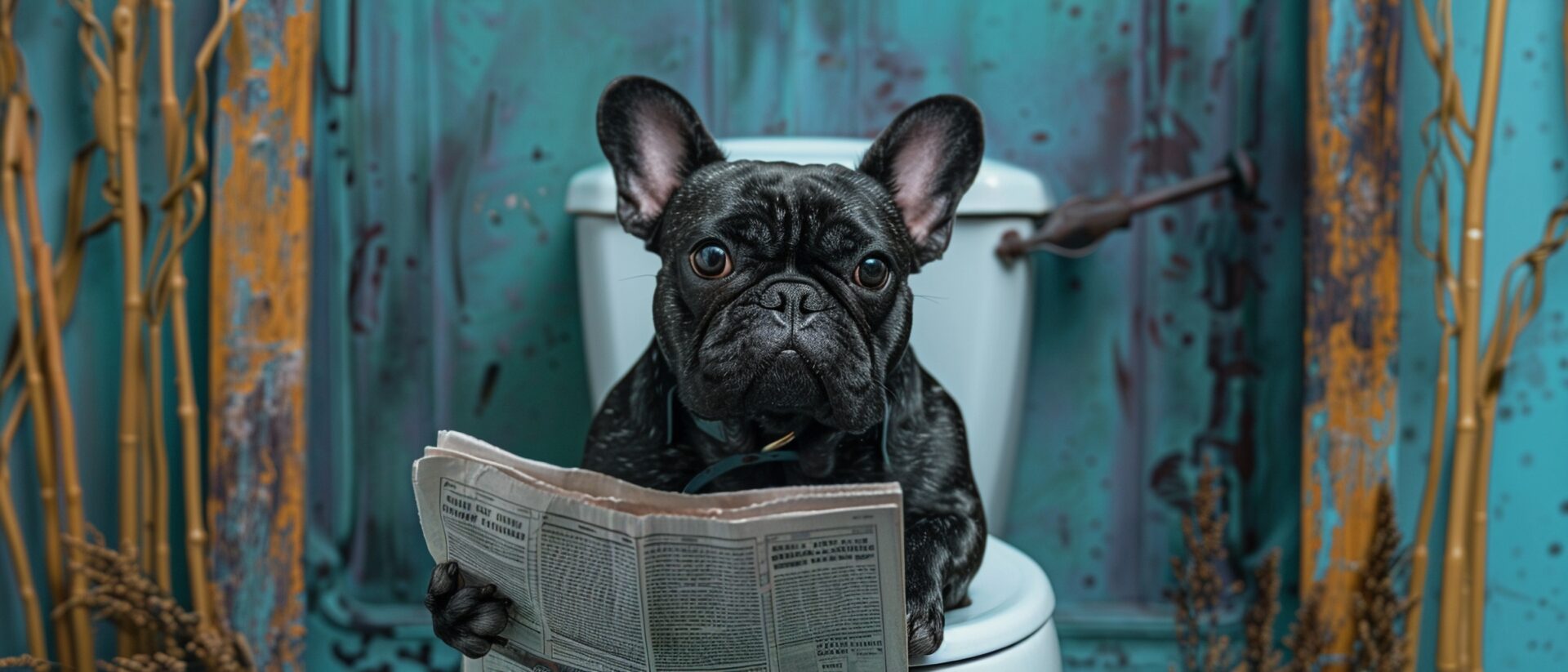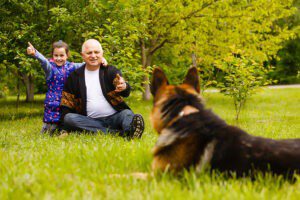
How Dogs Read Human Body Language
Free initial cleanup with regular service

When it comes to communicating with dogs, our body language speaks louder than words.
 The relationship between pet owners and their furry companions is one of mystery and intrigue. Many studies have helped us understand our pets and vice versa. However, there is still no one finite answer to how we formed this sacred bond! Human body language, which comprises 90% of our communication, is arguably the most effective way to communicate our feelings, thoughts, and desires. When used correctly, it can also be a powerful tool to connect with our pets. Since we’re not able to carry on a two-way conversation with our canines, body language proves to be the best way to connect with your pet. Dogs pick up on every cue, even the unintentional signals. In this post, we’ll help you conclude the most efficient ways to train your pet using emotional responses and cues.
The relationship between pet owners and their furry companions is one of mystery and intrigue. Many studies have helped us understand our pets and vice versa. However, there is still no one finite answer to how we formed this sacred bond! Human body language, which comprises 90% of our communication, is arguably the most effective way to communicate our feelings, thoughts, and desires. When used correctly, it can also be a powerful tool to connect with our pets. Since we’re not able to carry on a two-way conversation with our canines, body language proves to be the best way to connect with your pet. Dogs pick up on every cue, even the unintentional signals. In this post, we’ll help you conclude the most efficient ways to train your pet using emotional responses and cues.
Facial Recognition
The University of Lincoln in the UK performed a series of experiments to monitor the effects of body language and a canine’s ability to recognize facial expressions. In this study, a dog was placed in a room alone; the dog’s owner and a stranger entered from different doors, crossed paths, and exited through separate doors. The dog-focused intently on its owner and ultimately relocated closer to the door the owner walked through. The experiment was repeated, but this time both individuals had their faces covered. The dog was far less attentive and less likely to be at the owner’s door at the end. This proved that facial recognition is an integral component of your dog’s ability to read you. Although your dog may not peer deeply into your eyes, dogs recognize facial expressions such as smiling or frowning. Try a simple experiment! Face your dog, and smile wide. This will most likely inspire a tail wag and a relaxed posture from your pup; he may even decide that it’s time for a belly rub. Now furrow your brow or frown at your dog. He’s able to recognize that you’re unhappy, so he’ll respond with an ashamed or sheepish reaction feeling that he may have done something wrong. Once you’ve reassured your doggy that he is, in fact, a very good boy, be mindful of facial expressions and how useful they can be when training a puppy or communicating with any of your animals.
Body Language
Love languages exist in the canine world, too. In their way, your pets can decipher your moods and signals based on how you choose to express yourself physically that day. Whether you’re sad, angry, or excited, the emotional signs that accompany each of these sentiments reach your canine. Sadness can translate to less affection or extra cuddling, both of which can confuse your pet. This lack or abundance of cuddles can lead to attention-seeking behavior such as pawing or barking. Canines are so intelligent that they immediately recognize rigid posture or signs of agitation and have a tendency to become timid in response.
Furthermore, if you’re so ticked off that there’s a wave of palpable anger in your demeanor, your pet may cower or remove themselves entirely in response. Similarly, excitement can trigger reactions such as jumping, running, or barking. Allow your canine to view you as calm and collected even when you’re in an inconsolable mood! Venting to pets is a popular choice of some owners, but ultimately it can warrant unwanted behavior. This can promote defensive or even aggressive behaviors in some animals. This can be an excellent opportunity for you to control, train, and mold your canine’s behavior as long as you master your own actions. This mirror technique allows for smoother communication over time and leads to that special bond we all crave with our animals.
Gestures
Some of us are more animated than others, and our gestures may occur like reflexes. The more mindful you are of your gestures, the more control you can have in the relationship with your pet. For those who aren’t as comfortable with canines, it can be an immediate reaction to raise arms, panic, or even run away. Even the friendliest dogs may be excited by this response and motivate the dog to respond as if it’s a game or become more aggressive. Likewise, when greeting a dog, let him come to you. It’s essential to allow animals the space they need and not invade as this can be threatening to your pet. Once your dog has approached you, crouch down, and enable warm greetings to begin naturally. If your dog is a jumper when excited, practice stillness. If you’re still and turned away, your dog will recognize that their behavior is coming between them and that next treat. When your dog has stopped jumping and realized your reaction, reward them. This becomes a choice they made and one they remember! Finally, remind your hesitant guests to breathe. Just as we can sense apprehension in others, dogs can feel it as well. Relaxed breathing communicates that you are calm. This is another response that your dog will choose to mirror. Observe the gestures that your guests or even your pooper scooper service technician make. Then observe how your pet responds – keep note, this will come in handy later!
With only 10% of our communication being verbal, take this article as a confirmation that most of your training will come down to what you’re communicating without using any words at all!



